
Tech that delivers accurate, scalable market solutions
Electronic trading platforms with forward and backward integration ensure
seamless execution and capture of trades.
Tech that delivers accurate, scalable market solutions
Electronic trading platforms with forward and backward integration ensure
seamless execution and capture of trades.
Capital Markets & Investment
Banking Experience
Master and Reference
Data Management

A centralized framework for managing client, book, product, instrument, account, and hierarchy data, ensuring consistency across front, middle, and back-office operations. Integrated entitlement and permission services streamline access control, reducing redundancies and improving operational efficiency
Real-time Pricing
and E-trading

Seamless ECN and exchange connectivity enable real-time market data ingestion, dynamic tiered pricing models, and automated quoting. AI-driven predictive pricing for enhanced liquidity management, advanced order execution, and negotiation algorithms to optimize trading strategies for FI and FX markets
End-to-End Trade
Processing and STP
Automation

Integrated workflows for voice IOIs, RFQs, sales trader workflows, and manual trade capture. Automated matching, reconciliation, and trade allocation for seamless processing across electronic venues, middle office, and post-trade systems, minimizing operational risk and improving trade lifecycle efficiency
Advanced Risk
and P&L Analytics

Real-time and end-of-day risk and P&L analytics across credit, rates, and municipal securities. Aggregated risk views at desk, book, issuer, and sector levels, with intelligent risk bucketing based on maturity, duration, security type, and benchmarks for deeper exposure analysis
Trade Operations
and Regulatory
Compliance

Comprehensive trade reconciliation, supervisory oversight, and post-trade regulatory reporting for CFTC, ESMA, and MiFID compliance. Integrated settlement and middle-office solutions for equities and global back-office functions, ensuring adherence to global regulatory requirements
Front-to-Back Data
Integration and Capital Markets Big Data Warehouse

Hydration of 2,000+ entity types across asset classes in a Cloudera-based data lake, leveraging Dremio for query acceleration and AI-powered data visualization. Custom reporting modules to enhance decision-making, regulatory reporting, and operational intelligence
Value We Provide
Data-driven Capital Markets
Transformation

We enable seamless data management and integration across the trade lifecycle, ensuring high-quality reference and trade data. By consolidating and distributing critical data in real-time, we enhance operational efficiency, improve decision-making, and ensure regulatory compliance.
Scalable and Resilient
Market Infrastructure

Our solutions optimize trading workflows, risk management, and post-trade processes, leveraging scalable architectures and cloud-based platforms, ensuring better performance, adaptability to market fluctuations, and improved system resilience across asset classes.
Domain-driven expertise
in Capital Markets

With extensive experience across asset classes, trading workflows, and market structures, we provide domain-driven solutions tailored to the evolving needs of capital markets. Our expertise in risk, pricing, liquidity management, and post-trade operations enables firms to navigate complexity, optimize strategies, and stay ahead in a competitive landscape.
Client Success Stories
Tools & Technologies

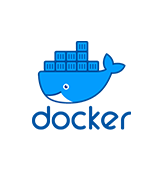

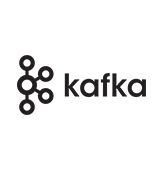



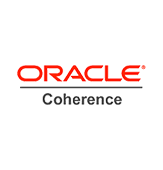
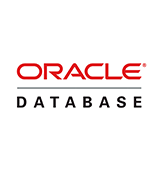






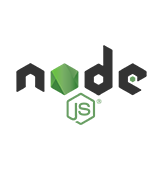



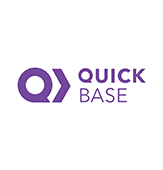










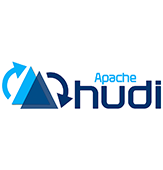



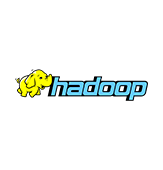




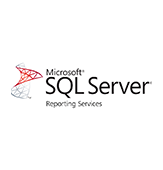


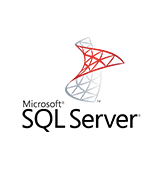

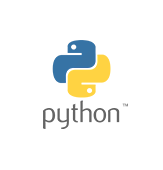
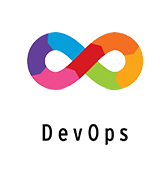


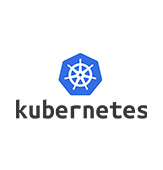







How Gen AI can enhance software engineering
Contact
Our experts can help you find the right solutions to meet your needs.
Get in touchIndustries
Company

Bring the future into focus.